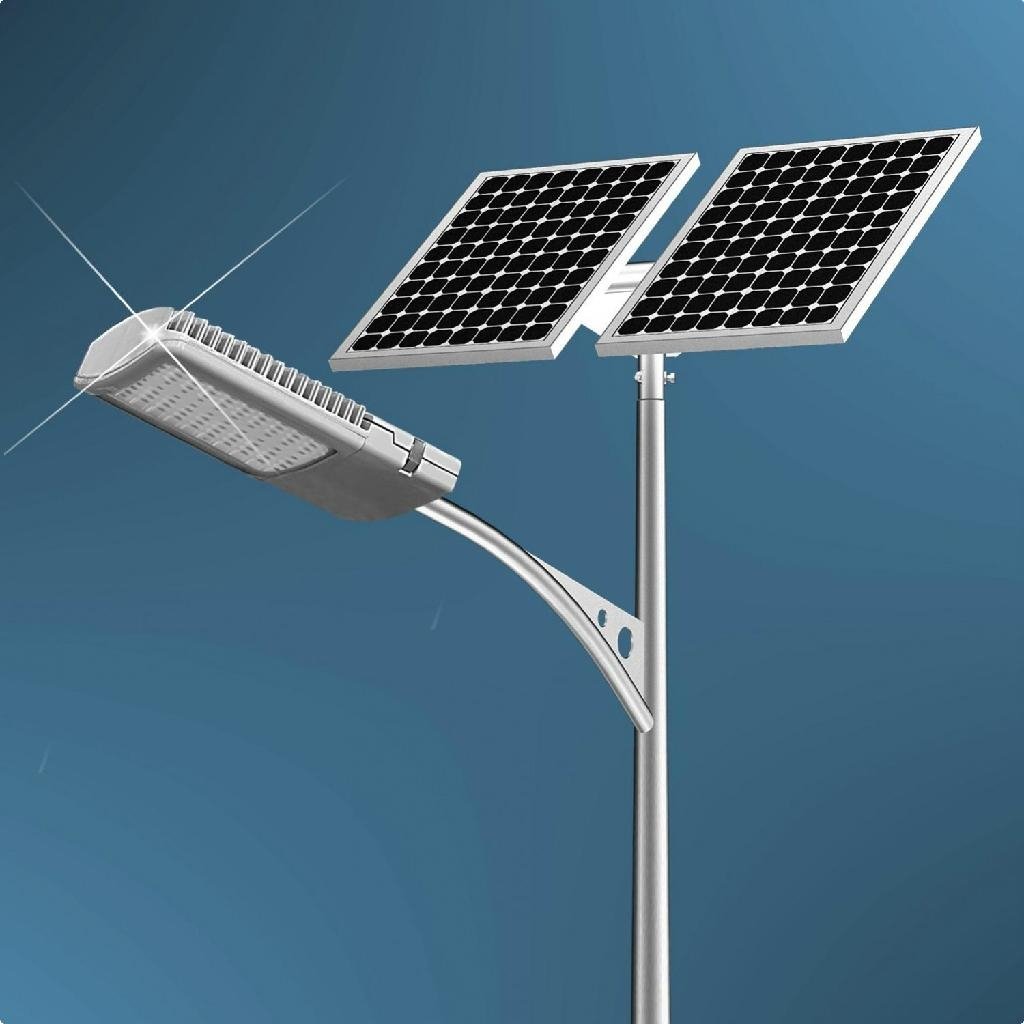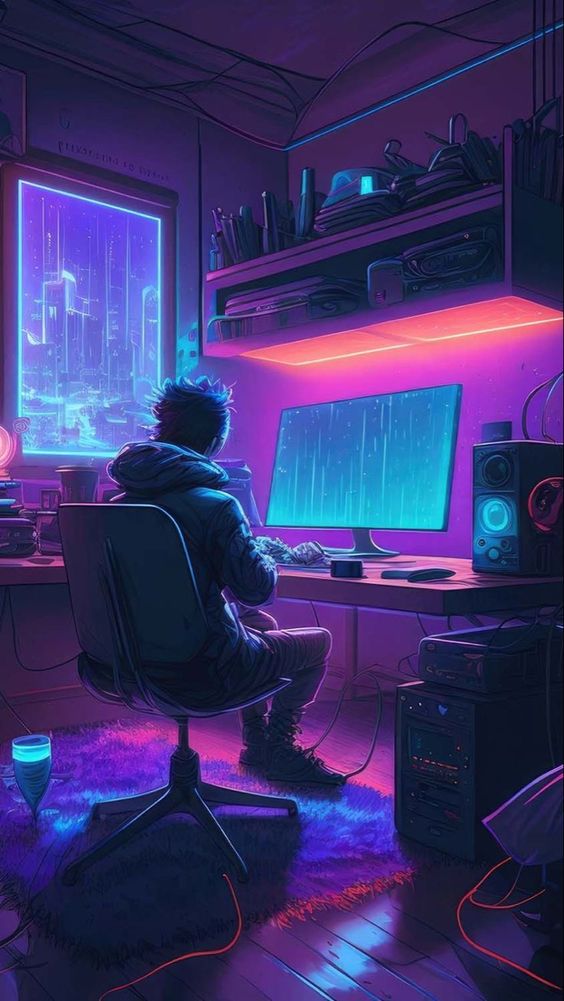The Brilliant Evolution of LED Screens: Illuminating the Future

Introduction
In the realm of visual display technology, LED screens have emerged as a trailblazing innovation that has revolutionized the way we experience visuals. The journey of LED screens from their humble beginnings to their current state of excellence is a captivating tale of innovation, engineering prowess, and their ever-expanding role in various sectors of our modern world.
A Historical Glimpse
The origins of LED (Light Emitting Diode) technology can be traced back to the early 1960s, where LEDs were initially used as indicator lights in electronic devices. These rudimentary applications barely hinted at the transformative potential that LEDs held within their tiny semiconductor structures.
Fast forward a few decades, and by the late 20th century, LED screens had started making their mark. They initially street lamps supplier as monochromatic alphanumeric displays in applications like digital watches, calculators, and early digital signage. Gradually, advances in LED technology enabled the development of full-color displays, sparking a new era in visual communication.
The Science Behind the Spectacle
At the heart of LED screens lies the principle of electroluminescence, where electrons recombine with electron holes, releasing energy in the form of photons. This process generates the vibrant and eye-catching colors that LED screens are known for. Each pixel in an LED screen consists of red, green, and blue (RGB) LEDs that can be controlled individually to create a wide spectrum of colors and intensities.
Unveiling the Advantages
The rapid adoption of LED screens across industries is a testament to their numerous advantages:
- Energy Efficiency: LED screens consume significantly less power compared to traditional display technologies, making them a greener option in an age of environmental consciousness.
- Brightness and Clarity: LEDs can produce high levels of brightness and contrast, making them ideal for outdoor displays, indoor signage, and even daylight viewing.
- Durability: LED screens boast exceptional durability due to their solid-state nature, resistance to shocks, vibrations, and extended lifespan, minimizing maintenance costs.
- Flexibility: The compact size and versatility of LEDs allow for the creation of curved, flexible, and even transparent screens, enabling innovative designs and applications.
- Rapid Response Time: LED screens offer swift response times, reducing motion blur and ensuring seamless video playback and gaming experiences.
- Content Customization: The ability to control each pixel individually grants creators unparalleled control over content, enabling dynamic visual displays, art installations, and engaging advertisements.
Diverse Applications
LED screens have permeated various domains, redefining the way we interact with information and entertainment:
- Entertainment: From massive stadium screens that captivate sports fans to intricate stage setups at concerts and events, LED screens enhance the visual impact of live entertainment.
- Digital Signage: LED displays in retail spaces, airports, and transit hubs relay information, advertisements, and updates with remarkable clarity and vibrancy.
- Education: LED screens have found their way into modern classrooms, facilitating interactive learning experiences through dynamic visual aids.
- Architecture: Futuristic LED facades on buildings transform cityscapes at night, turning architecture into a canvas for artistic expression.
- Gaming: Gamers rejoice as LED screens deliver immersive and fluid gaming experiences, with high refresh rates and responsive gameplay.
The Path Ahead
As technology advances, the future of LED screens promises even greater achievements. Miniaturization of LED components, improved energy efficiency, and further advancements in flexible and transparent displays are all on the horizon. Moreover, the integration of LED screens with emerging technologies like augmented reality (AR) and virtual reality (VR) could lead to groundbreaking innovations in human-computer interaction and immersive experiences.
In conclusion, the evolution of LED screens from humble indicators to stunning displays of light and color is a remarkable journey that continues to shape how we experience the visual world. As LED technology continues to advance, it is evident that these screens will continue to illuminate our lives and pave the way for exciting possibilities in various domains.





